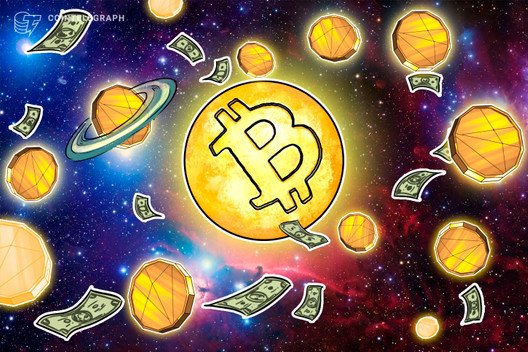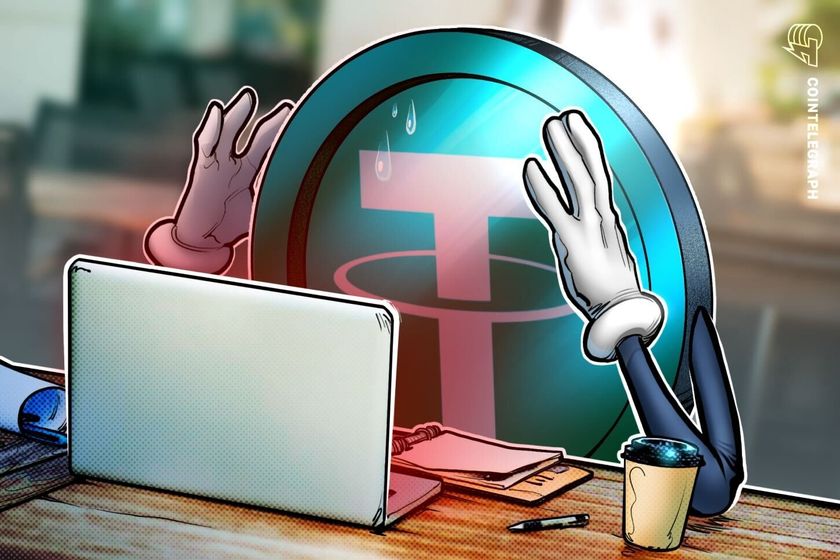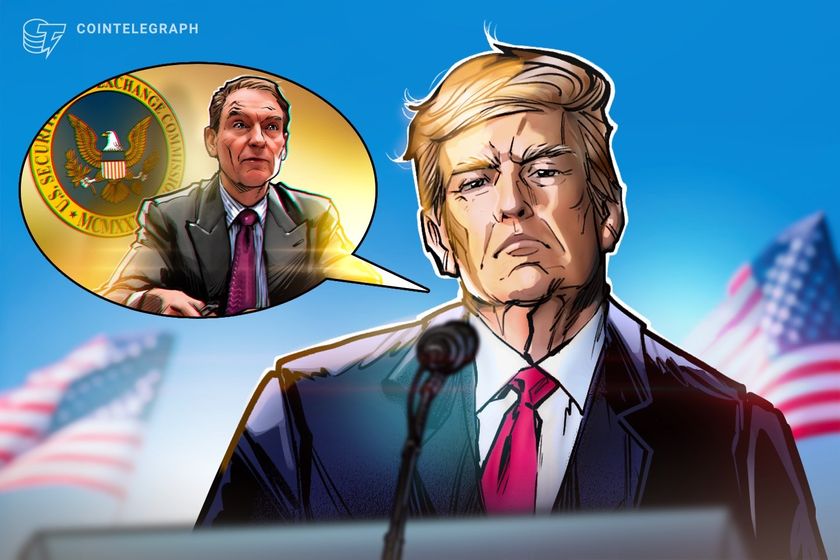India’s Lift of Cryptocurrency Trading in the Context of COVID-19
In one of 2020’s biggest stories about cryptocurrencies so far, the Indian Supreme Court struck down a blanket ban on trading cryptocurrencies issued by the Reserve Bank of India earlier in the year. Then, March happened, and everything changed as COVID-19 spread around the world, inducing quarantines across the world and stoking unprecedented volatility in financial markets.
India is now in a national 21-day lockdown with industries shuttered and strict enforcement doled out by the government. Following similar initiatives by other countries affected by the viral pandemic, the COVID-19 fallout changes the narrative of the Supreme Court ruling — fomenting a distinct uncertainty about the future of fiat money globally.
The United States government has passed a $2-trillion fiscal stimulus package, and the total — including the Federal Reserve’s standing lending facility of $4.25 trillion at the discretion of the Treasury Department — equates to more than $6 trillion flooding the global economy, which is roughly 28% of the U.S. gross domestic product for 2019.
The sheer scale of the Fed’s response to the COVID-19 crisis is both unprecedented and causing ripple effects around the world as the U.S. dollar functions as the world’s reserve currency. Other countries, primarily G-7 countries, have even begun ramping up fiscal and monetary stimulus of their own.
Naturally, the deluge of money into the global economy raises questions about the origin of its value, which the Fed would tell you is just adjusting a few digits on its balance sheet. However, crypto enthusiasts have a more keen eye for the potential impact of unfettered money creation.
Whether the current bonanza of cash will lead to a cost-push inflationary environment is yet to be determined, as the floodgates first have to temper the current deflationary situation as USD demand surges. Meanwhile, in the context of India, a country whose monetary policy is whimsical at best, the coupling of the Supreme Court’s ruling with the current situation has bred significant uncertainty.
The Supreme Court ruling
Putting aside the COVID-19 and lockdown fiasco for a moment, the Indian Supreme Court’s move was celebrated across the industry as a turning point for the world’s largest software exporter and home to more than 1.3 billion people.
The implications for the broader industry are tangible, and opening the floodgates to India’s booming tech-savvy market should help push the needle of crypto adoption forward significantly.
Numerous Indian-based crypto exchanges had already resumed fiat services before the crisis, and some observers believed the move would spark crypto financing opportunities in a previously arid Indian finance market for blockchain tech. That will assuredly change, pending the outcome of the next few months, but it’s important to keep in mind.
Indian-based blockchain projects, such as Matic Network, viewed the regulatory move as a compelling opportunity to showcase India’s push for crypto adoption. Additionally, many crypto projects have squandered their financial runways, whether from initial coin offerings or initial exchange offerings, meaning that sound money management of projects is now at a premium.
In particular, Matic Network has been focusing on the long-term picture, saving for the back-end of the current COVID-19 dilemma, when hopefully, the brightening Indian regulatory environment will continue.
I reached out to the company before the crisis to help provide insight into India’s push for such adoption. “Despite much of the hype for blockchain technology, the adoption of most platforms is woefully lacking,” said Sandeep Nailwal, the chief operating officer and co-founder of Matic, during our conversation. “Now that we have more developed underlying technology for the industry, paired with a warming regulatory environment, this is the opportunity to capitalize on adoption.”
While the situation is different today, Nailwal’s comments translate well into the new reality facing the crypto sector and the broader global financial system.
Lackluster user adoption may be short-lived
It’s no secret that crypto user adoption numbers are waning. Pure DApps — those that operate on a public blockchain network — fail to attract any meaningful adoption when compared to traditional applications.
According to MakerDAO, the darling of Ethereum’s DeFi push, has a 24-hour peak user number just under 13K. Compared to surging financial apps like Robinhood, with millions of users, the numbers indicate a major hurdle left for the crypto industry.
The near-collapse of MakerDAO following the S&P 500’s tumble off a cliff also hasn’t done any favors for people exploring DeFi as a legitimate avenue for investing or credit instruments, though.
The metrics have not been lost in the crypto community. Poor UX/UI, significant onboarding friction, the complex learning curve of crypto and a lack of developer tools have all hindered user growth for many of crypto’s leading applications — not to mention the more obscure ones.
Then the COVID-19 pandemic happened.
From a macro perspective, the implications of India’s lockdown are manifold.
India reportedly sources 80% of the raw materials for pharmaceutical drugs from China, which the U.S. relies on to meet medical demands, which are swelling right now. Additionally, India’s government is mulling a 1.5-trillion-rupee ($19.6 billion) stimulus package amid the COVID-19 pandemic. That’s a highly conservative figure at best and likely to change considering they are only projecting to shave two points off its GDP projections for 2020, while JP Morgan is forecasting a minus 14% for Q2 in the U.S.
India already has much higher annual inflation than the U.S. and many G-7 countries, which means that it needs to carefully consider the impact of a Fed bazooka — similar to what the U.S. did. After eliminating 86% of cash overnight only a few years ago, trust in the Indian government’s monetary policy is likely not very high.
The opportunity for crypto to make a splash in India has never been more appealing, especially with the recent Supreme Court ruling inspiring some hopeful innovation.
However, the problem of crypto adoption remains tough. Bitcoin’s (BTC) volatility doesn’t make it an ideal stability option during periods of helicopter money, so Indians may have an opportunity to turn to stablecoins, which, according to Coin Metrics, have been surging in supply to meet growing demand.
“Distinct changes are coming in finance — e.g., DeFi — social media, identity and gaming centering on areas from privacy to data and digital property. Blockchain will be the main driving force behind this revolutionary disruption,” said Nailwal. “Crypto may provide a release valve for people trying to salvage value, tap into foreign currencies, or function as an intermediary vehicle for goods or services exchanges.”
Nailwal’s sentiment is reflected by recent research from The Open Money Initiative, which indicated that Bitcoin and other crypto-assets are widely used in South America as ways to circumvent capital controls or function as an intermediary for exchanging local currencies.
Now, it’s just a matter of reducing the barriers of entry to showcase the possibilities of crypto applications. That entails a significantly improved user experience, however, and the elimination of critical vulnerabilities like flash loans in DeFi lending pools.
The censorship-resistance of DApps, their persistent uptime and privacy advantages during a crisis (see the EARN IT bill) could serve as vital anchors for people in distress. That reality may be far away, however. Nobody can predict how the next few months will play out, and if crypto adoption does begin to climb, it will likely be because it was forced out of necessity — which means that the financial, economic and viral pandemic situation will have only deteriorated by summer.
The RBI’s position on cryptocurrencies for payments appears to remain volatile, too. COVID-19 is in the driver’s seat of the narrative now, and delayed government responses aren’t doing them any favors in the eyes of the public.
A few years ago, the notion of a warming regulatory environment in India seemed far-fetched. The Supreme Court’s ruling altered that dynamic and stoked excitement for projects like Matic and others looking to spearhead the Indian crypto and blockchain scene.
COVID-19 then bludgeoned the global economy and has induced panic and volatility in financial markets, which will have unforeseen consequences on the global fiat system as we know it.
Whether that boosts crypto’s preponderance in India is unpredictable, but at least the beginnings of a DApp ecosystem to let users tap into an alternative financial system are available now — and have some judicial approval underscoring the technology for now.
The views, thoughts and opinions expressed here are the author’s alone and do not necessarily reflect or represent the views and opinions of Cointelegraph.
Andrew Rossow is a millennial attorney, law professor, entrepreneur, writer and speaker on privacy, cybersecurity, AI, AR/VR, blockchain and digital currencies. He has written for many outlets and contributed to cybersecurity and technology publications. Utilizing his millennial background to its fullest potential, Rossow provides a well-rounded perspective on social media crime, technology and privacy implications.









